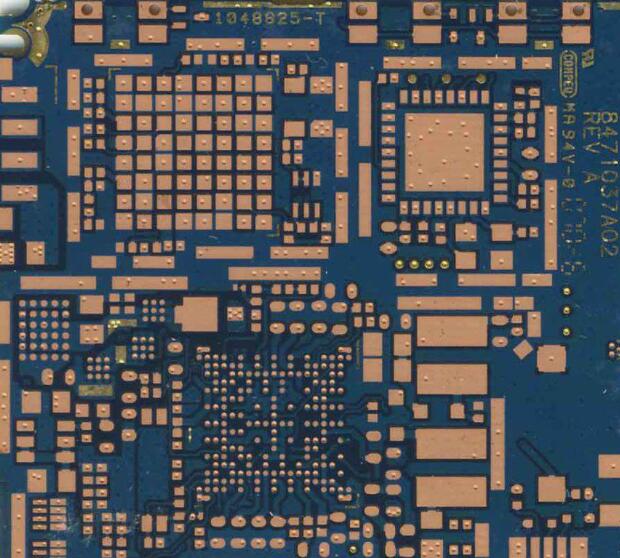How software automation in PCBAmanufacturing can help accelerate innovation
With hundreds of industrial IoT devices collecting and sharing data together, factories have become more complex. Combined with software automation, manufacturers are using IoT-based networks to optimize their operations, find new efficiencies, and ultimately help encourage more innovation.
Design, build and test cycle
To make prototypes, manufacturers and engineers work together during the design, manufacture, and test (DBT) cycle. In this process, the engineer first creates his/her design, sends the design to the manufacturer for manufacturing, and after completing the initial prototype, the manufacturer returns the product to the engineer for testing.
Every time an engineer sends a design through this cycle, the idea is verified, the defect is identified, and the solution is found. In the process of engineers building the best final product, this sequence usually occurs in a continuous cycle, producing several prototype iterations, and burning in several cycles.
In traditional manufacturing, this process can last for weeks or even months; when it comes to electronics and printed circuit board assembly (PCBA) manufacturing, it is especially slow.
Software engineers can create prototypes in a few seconds, mechanical engineers can use 3D printing to create prototypes in a few hours, and electrical engineers need to go through a longer construction phase and must wait weeks to achieve their prototypes.

Possible reasons for the delay
For electrical engineers, delays can be due to many different reasons. Most commonly, errors occur when the information sent to the manufacturer is lost, misunderstood, or incorrectly changed. Correcting these errors may further increase the delay, as it may take a few more days to resolve the problem and deliver the information. In addition, in this process, engineers are often ignorant, because the communication between engineers and manufacturers is slow at best and nonexistent at worst.
Due to the lack of connectivity, the traditional electronic product manufacturing process has further slowed down. Usually, the machines and personnel that make up the factory are all simulated and not connected to each other, making the factory a technological island. This not only slows down the operation speed, but also locks engineers out of the construction phase of the DBT cycle; if they do not understand their design results, it will be difficult for engineers to quickly improve their designs to cope with future iterations.
In order to accelerate PCBA manufacturing and help electrical engineers iterate their designs faster, factory software-driven automation provides a solution.
Application of software automation in PCBA manufacturing
Many competing industries, including aerospace, medical technology, industry, and automotive, rely on PCB A. However, traditional PCBA manufacturers cannot quickly reverse the prototype, which hinders product development and hinders the ability of engineers to iterate faster and innovate more. By combining software automation with the Industrial Internet of Things, new smart factory manufacturers can solve many of the problems that plague electrical engineers in traditional PCBA manufacturing procedures.